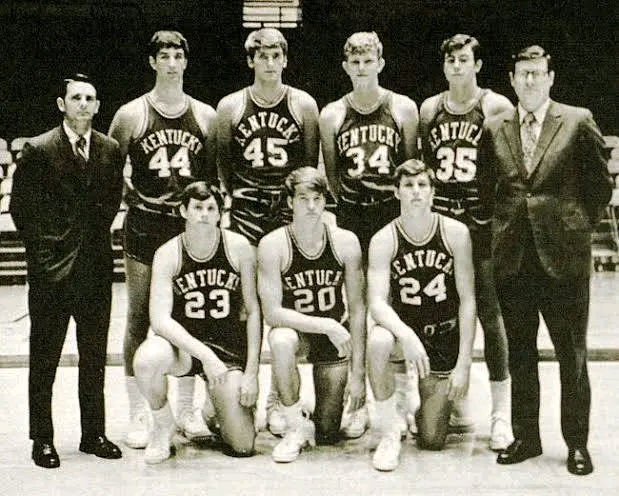In the annals of college football history, few stories are as dramatic or inspiring as the University of Kentucky’s stunning resurgence after their disastrous 3-10 season. What seemed like the death knell for the program turned into a launching pad for a new era — a transformation built on resilience, grit, and a renewed belief in what the Wildcats could become.
The 3-10 campaign was a low point that Wildcats fans would rather forget, but its sting lingers. Plagued by injuries, inconsistent quarterback play, and a defense that struggled to contain even the most modest offenses, Kentucky seemed like a team adrift. Morale in the locker room was low, and the once-hopeful fan base had grown disillusioned. Analysts openly questioned the direction of the program, and whispers about coaching changes grew louder with each loss.
But sometimes rock bottom is where a true rebuild begins.
What followed was a complete culture shift. Head coach Mark Stoops and his staff doubled down on recruiting, bringing in high-character players hungry to prove themselves. They reevaluated the team’s offensive scheme, hired new position coaches, and introduced a more aggressive, disciplined defensive system. Most importantly, they reignited belief — belief that Kentucky could compete not just in the SEC, but on a national level.
The turnaround wasn’t just incremental — it was seismic.
In the very next season, Kentucky defied expectations. They opened with a pair of statement wins, including a decisive upset over a ranked opponent that sent a clear message: the Wildcats were back. A new-look offense, led by a dual-threat quarterback and a revitalized offensive line, began to click. The defense, once porous, now swarmed the ball with purpose, forcing turnovers and controlling the line of scrimmage.
The Wildcats finished the season 10-3, flipping their record from the year before and earning a bowl victory that capped off one of the most remarkable comebacks in college football. Players who had endured the pain of the 3-10 season became the backbone of the resurgence — their perseverance and growth symbolic of the team’s transformation.
But the biggest shift wasn’t just in the win column. It was in the perception of the Kentucky program itself. No longer an SEC afterthought, the Wildcats had redefined their identity. Recruits began taking notice. National pundits spoke of Kentucky with a new respect. And the fans, once silenced by defeat, now roared with pride and anticipation.
The season that followed the 3-10 debacle didn’t just salvage the program — it changed it forever. It was a story of redemption that proved that heart, hard work, and faith in the process can turn even the darkest chapter into a foundation for greatness.
